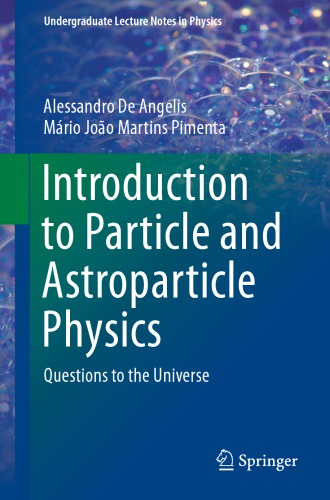

Most ebook files are in PDF format, so you can easily read them using various software such as Foxit Reader or directly on the Google Chrome browser.
Some ebook files are released by publishers in other formats such as .awz, .mobi, .epub, .fb2, etc. You may need to install specific software to read these formats on mobile/PC, such as Calibre.
Please read the tutorial at this link: https://ebookbell.com/faq
We offer FREE conversion to the popular formats you request; however, this may take some time. Therefore, right after payment, please email us, and we will try to provide the service as quickly as possible.
For some exceptional file formats or broken links (if any), please refrain from opening any disputes. Instead, email us first, and we will try to assist within a maximum of 6 hours.
EbookBell Team

0.0
0 reviewsThis book, written by researchers who had been professionals in accelerator physics before becoming leaders of groups in astroparticle physics, introduces both fields in a balanced and elementary way, requiring only a basic knowledge of quantum mechanics on the part of the reader. The early history of particle physics cannot be distinguished from the history of cosmic rays. With the advent of accelerators, however, the importance of cosmic rays in particle physics was lost. This situation persisted until the 1990s, when novel techniques allowed breakthrough discoveries, and exploration of new physics scales now requires returning to cosmic rays. The new profile of scientists in fundamental physics ideally involves the merging of knowledge in astroparticle and particle physics, but the duration of modern experiments is such that people cannot simultaneously be practitioners in both. Introduction to Particle and Astroparticle Physics is designed to bridge the gap between the fields. It can be used as a self-training book, a consultation book, or a textbook providing a “modern” approach to particles and fundamental interactions.